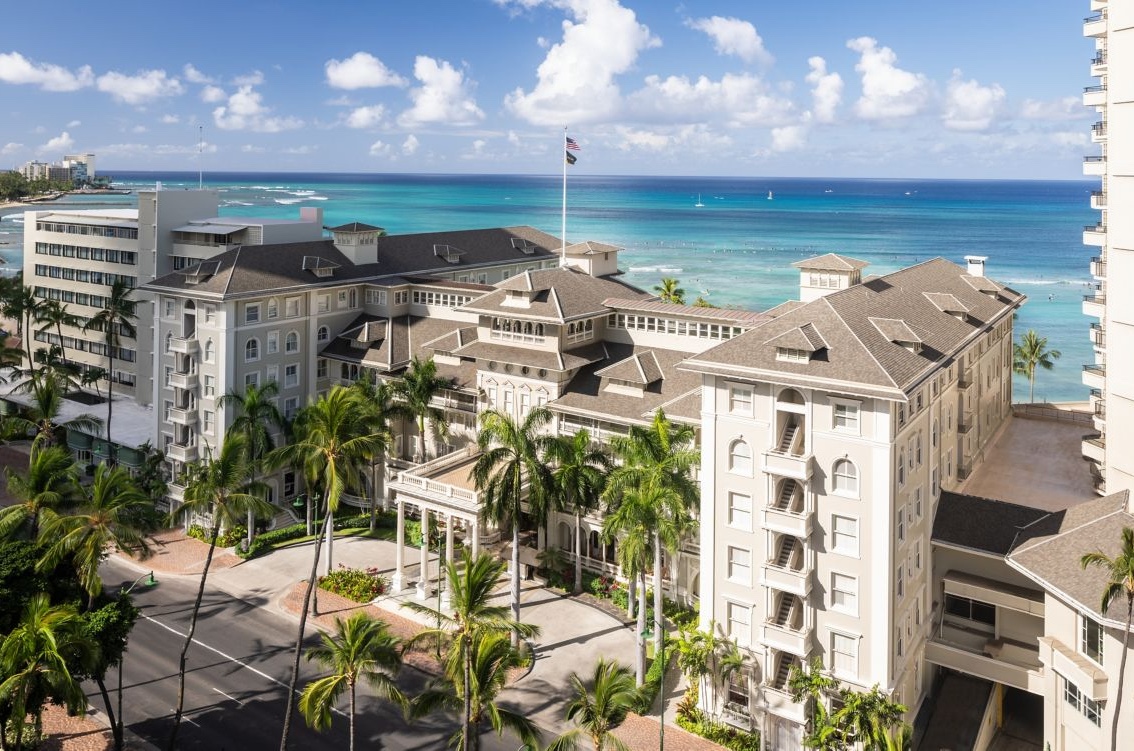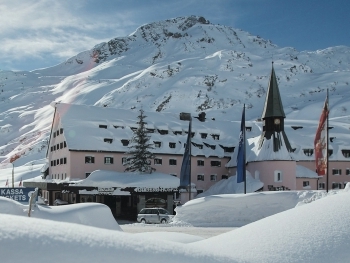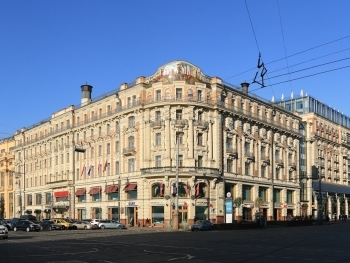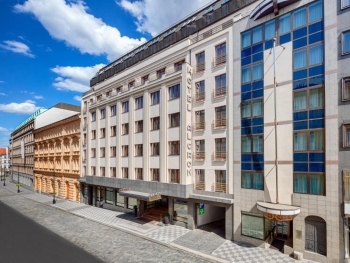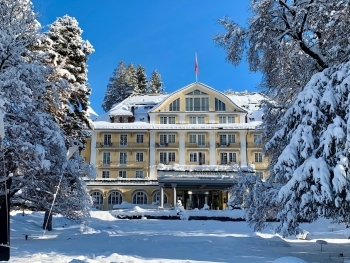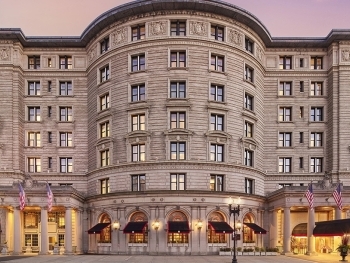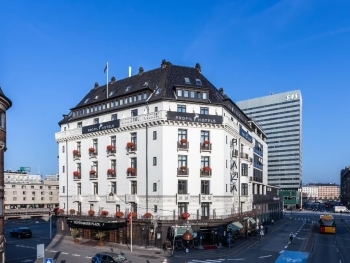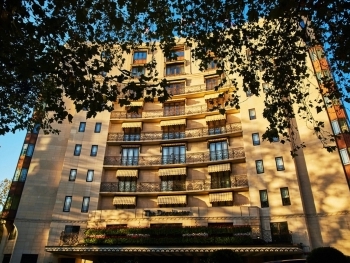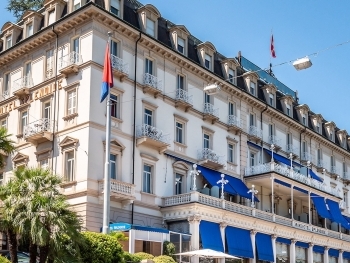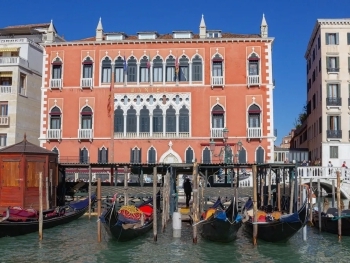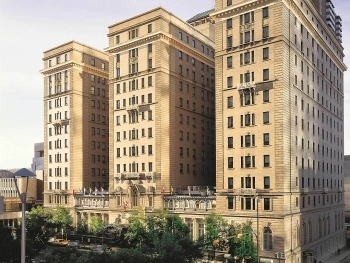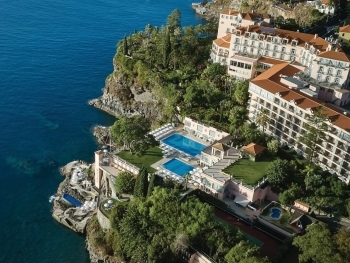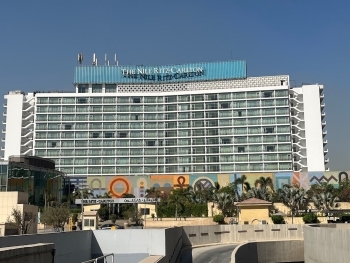The Moana Surfrider, affectionately known as the "First Lady of Waikiki," stands as a monument to Hawaii's rich history and enduring allure. Since its opening in 1901, this iconic hotel has welcomed guests from around the globe, offering a blend of classic elegance and modern luxury. Nestled on the pristine shores of Waikiki Beach, the Moana Surfrider has not only played a pivotal role in the development of Hawaii's tourism industry but also served as a cultural and social hub.
Historical Background
Early Years and Construction
The idea for the Moana Surfrider was conceived by Walter Chamberlain Peacock, a visionary who recognized the potential of Waikiki as a premier tourist destination. Construction began in 1899, and the hotel officially opened its doors on March 11, 1901. Designed by the architectural firm of Oliver G. Traphagen, the Moana Surfrider was the first hotel in Waikiki and quickly set the standard for luxury accommodations in Hawaii.
The hotel's architecture reflects a blend of Victorian elegance and colonial charm. Its grand porte-cochère, stately columns, and sweeping lanais (verandas) exude a timeless grace. The hotel's original structure, now known as the Banyan Wing, features 75 rooms and offers a glimpse into the early 20th-century opulence that captivated visitors.
The Banyan Tree and Its Significance
One of the most iconic features of the Moana Surfrider is the majestic banyan tree that graces its courtyard. Planted in 1904, this tree has become a symbol of the hotel's heritage and a gathering place for guests. The sprawling branches of the banyan provide a serene oasis amidst the bustling activity of Waikiki Beach, creating a perfect spot for relaxation and reflection.
Evolution and Expansion
Mid-20th Century Developments
The Moana Surfrider underwent several renovations and expansions throughout the 20th century to accommodate the growing number of visitors to Hawaii. In 1952, the Surfrider Hotel was constructed adjacent to the original building, adding more rooms and amenities. This expansion marked the beginning of the hotel's evolution into a modern resort while maintaining its historic charm.
The 1960s brought further changes as the tourism industry in Hawaii boomed. The Surfrider Hotel was integrated into the Moana, and together they became known as the Moana Surfrider. The hotel continued to enhance its facilities, adding a new swimming pool, updated dining options, and modernized guest rooms.
The Modern Era
In 1989, the Moana Surfrider underwent a significant restoration project, meticulously preserving its historic features while incorporating contemporary amenities. This renovation aimed to celebrate the hotel's storied past while meeting the expectations of modern travelers. The restoration included the refurbishment of the iconic Banyan Wing, the addition of a new tower (the Tower Wing), and the creation of luxurious suites.
Today, the Moana Surfrider is part of the Westin Hotels & Resorts brand, operating under the name Moana Surfrider, A Westin Resort & Spa. It continues to offer a unique blend of historic charm and modern luxury, making it a preferred destination for visitors seeking an authentic Hawaiian experience.
Cultural and Social Impact
A Hub of Social Activity
Throughout its history, the Moana Surfrider has played a central role in the social life of Waikiki. In the early 20th century, it was a gathering place for Hawaii's elite, hosting lavish parties, weddings, and cultural events. The hotel's elegant ballroom and spacious lanais provided the perfect backdrop for social gatherings, attracting notable guests and dignitaries.
The Moana Surfrider also became a popular destination for Hollywood celebrities and international royalty. The hotel's guest list includes names like Clark Gable, Shirley Temple, and Duke Kahanamoku, the legendary Hawaiian surfer and Olympic swimmer. The presence of such high-profile guests added to the hotel's allure and cemented its status as a glamorous retreat.
Contributions to Hawaiian Culture
The Moana Surfrider has also played a significant role in preserving and promoting Hawaiian culture. The hotel offers various cultural programs and activities that allow guests to immerse themselves in the rich traditions of Hawaii. From hula lessons to lei-making workshops, these experiences provide visitors with a deeper understanding and appreciation of Hawaiian heritage.
The hotel's beachfront location has made it a focal point for water sports and ocean activities. Duke Kahanamoku, often referred to as the "father of modern surfing," frequented the Moana Surfrider and helped popularize the sport. Today, the hotel continues to celebrate its connection to surfing culture, offering guests opportunities to learn to surf and explore the pristine waters of Waikiki Beach.
Accommodations and Amenities
Luxurious Guest Rooms and Suites
The Moana Surfrider offers a range of accommodations to suit the needs of every traveler. The historic Banyan Wing features rooms that exude old-world charm, with period furnishings and decor that hark back to the hotel's early days. The Tower Wing and Diamond Wing offer more contemporary options, with spacious rooms and suites that provide stunning views of the Pacific Ocean or the vibrant cityscape of Waikiki.
Each guest room is designed with comfort and relaxation in mind, featuring plush bedding, modern amenities, and elegant decor. The hotel's commitment to wellness is evident in its signature Heavenly Bed® and Heavenly Bath®, ensuring that guests enjoy a restful and rejuvenating stay.
Dining Options
The Moana Surfrider boasts a variety of dining options that cater to diverse tastes and preferences. The Veranda at the Beachhouse offers a delightful dining experience with a focus on fresh, locally sourced ingredients. Guests can savor a range of dishes, from traditional Hawaiian cuisine to contemporary international fare, while enjoying breathtaking views of the ocean.
For a more casual dining experience, the Beach Bar provides a relaxed atmosphere where guests can enjoy tropical cocktails and light bites. The hotel's Surfrider Café offers a selection of grab-and-go options, perfect for those looking to enjoy a quick meal before heading out to explore Waikiki.
Spa and Wellness
The Moana Lani Spa, a Heavenly Spa by Westin, is a sanctuary of relaxation and rejuvenation. Located on the hotel's second floor, the spa offers a range of treatments and therapies designed to promote wellness and balance. Guests can indulge in massages, facials, and body treatments, all performed by skilled therapists using high-quality products.
In addition to its spa services, the Moana Surfrider offers a fully equipped fitness center, allowing guests to maintain their fitness routines while enjoying their stay. The hotel's beachfront location also provides ample opportunities for outdoor activities, including yoga classes, paddleboarding, and beach volleyball.
Sustainability and Community Engagement
The Moana Surfrider is committed to environmental sustainability and actively participates in initiatives aimed at preserving Hawaii's natural beauty. The hotel has implemented various eco-friendly practices, such as energy-efficient lighting, water conservation measures, and waste reduction programs. These efforts reflect the hotel's dedication to minimizing its environmental impact and promoting sustainable tourism.
The Moana Surfrider also engages with the local community through partnerships and charitable initiatives. The hotel supports various organizations and events that benefit the people of Hawaii, contributing to the overall well-being and prosperity of the region.
The Moana Surfrider stands as a testament to Hawaii's rich history and enduring appeal. With its blend of historic charm, modern luxury, and cultural significance, the hotel continues to enchant visitors from around the world. Whether you're seeking a relaxing beachfront retreat, an immersive cultural experience, or a luxurious escape, the Moana Surfrider offers an unparalleled destination where the spirit of aloha is ever-present.
